

Kyongju
Photos from my visit in 1988
Shilla Dynasty (57 B.C. - 935 A.D.)
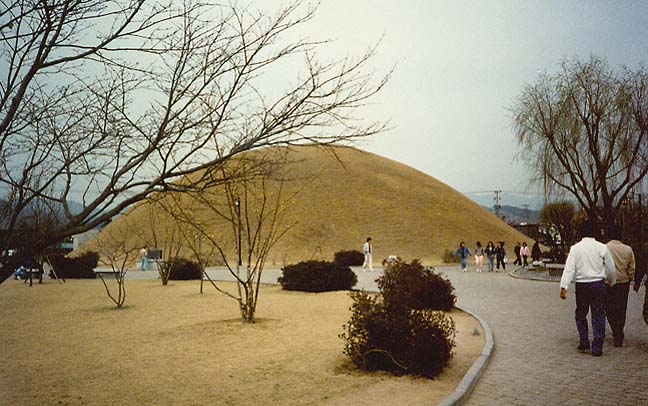
Tumuli Park
burial place of the Shilla Royalty
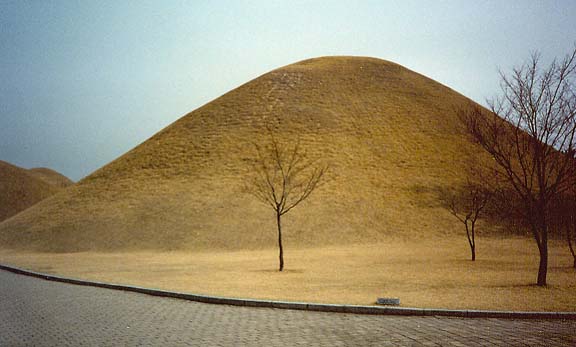
a Royal tomb
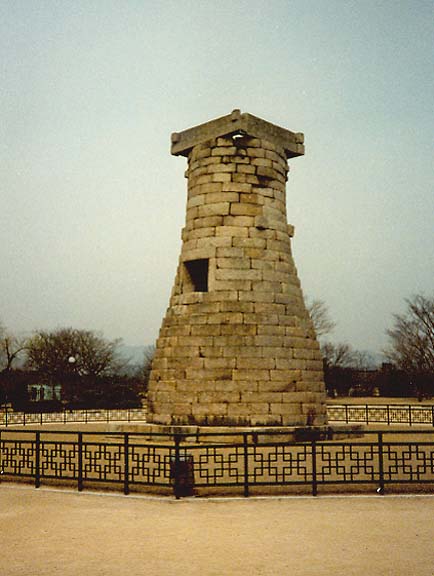
Ch'pmsongdae
(Star Tower, a stone observatory)
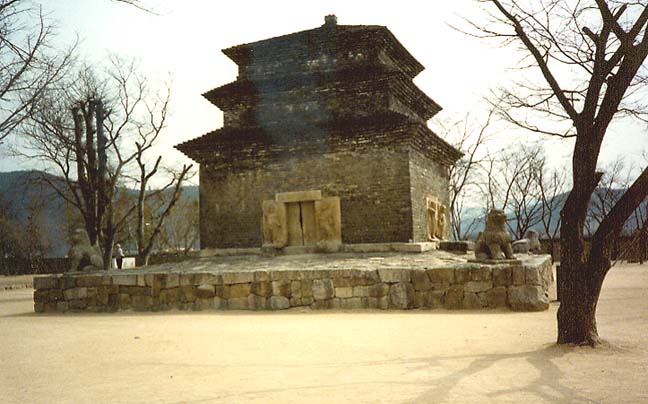
Pagoda
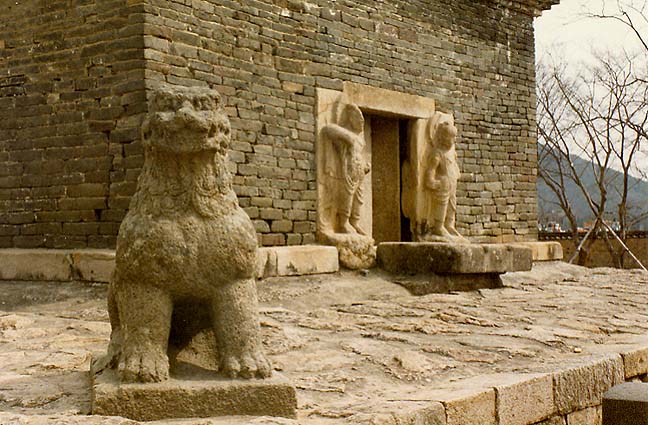
entrance detail
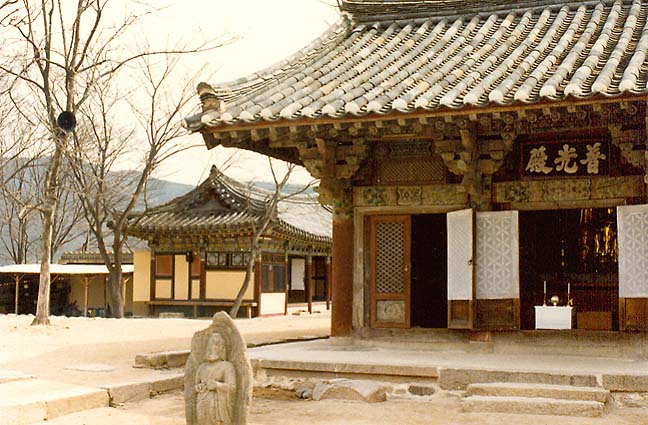
temple complex
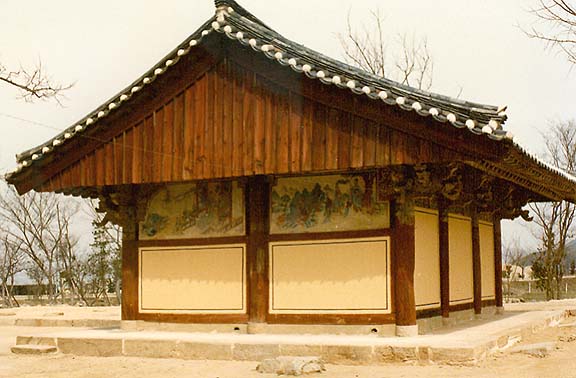
temple building
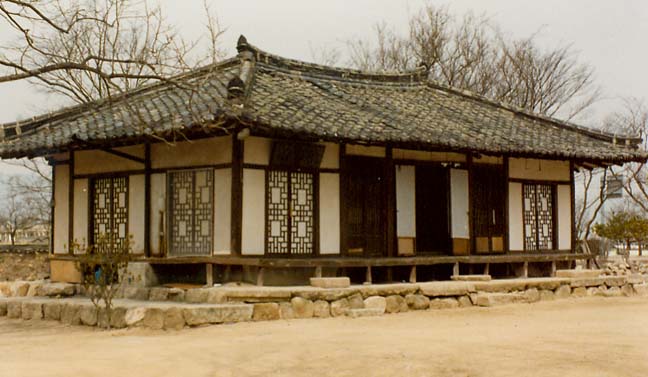
temple building
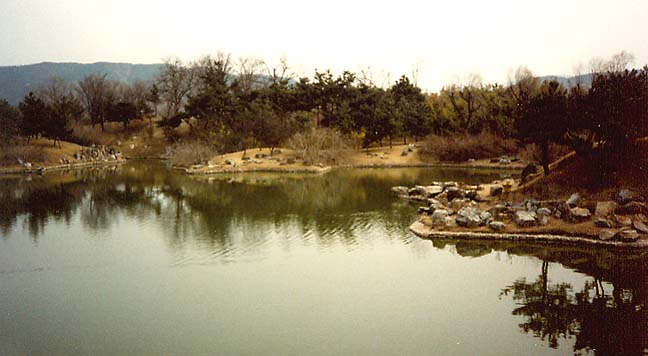
Anap-ji pond
![]()
Shilla Pottery
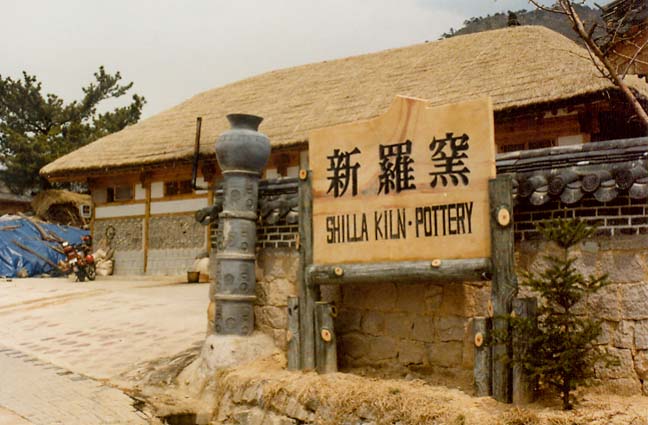
the pottery
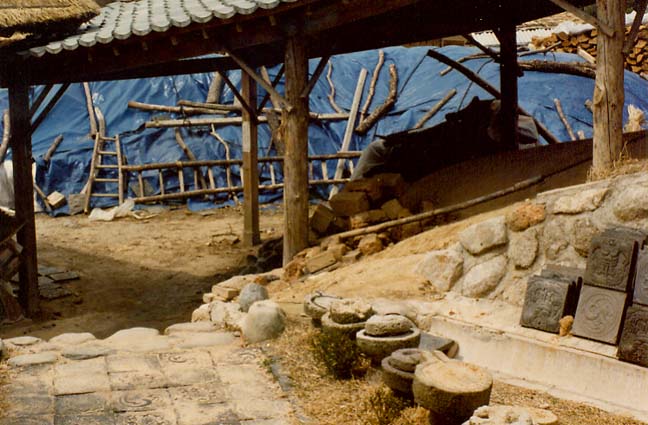
fired in a long tunnel kiln
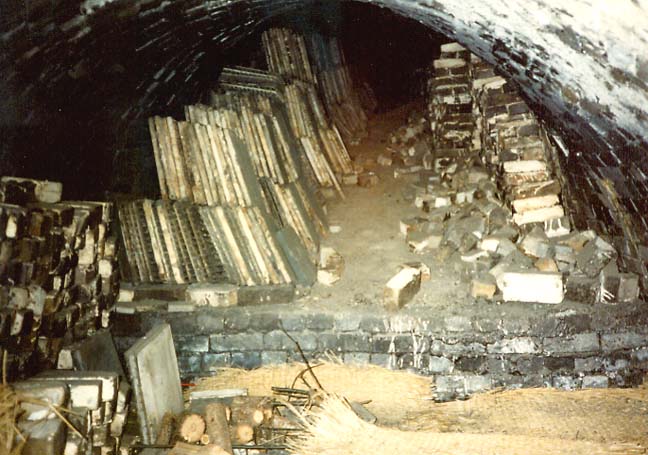
tiles stacked inside the kiln
![]()
Kojong (1852-1919), king of Korea (1864-1907)
During his reign the country emerged from a period of strict isolation, struggled for independence against Japanese aggression, and was finally annexed by Japan.
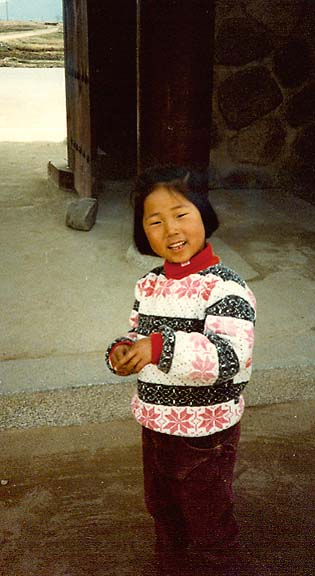
a young Korean
Kojong came of royal birth and was adopted by the queen dowager after the reigning king of Korea died without an heir in 1864. He thus became the nominal king of Korea, although his father, the Taewŏn’gun (grand prince), initially held real power. Officially Kojong’s regent, the Taewŏn’gun shaped Korean foreign and domestic policy until his own downfall in 1873. Kojong's wife, Queen Min, craved her own share of power and continually vied with the young king for domination of the country.
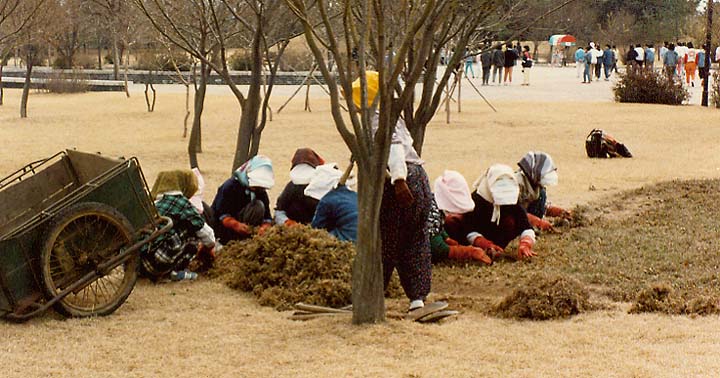
gardeners
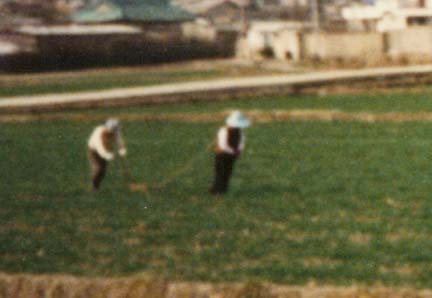
woman pulling the plow
King Kojong was not a strong ruler, and his reign was chaotic. The feudal nation that he nominally ruled was backward in its ways, and he failed to adapt the country to modern conditions. Furthermore, he faced unwanted and aggressive interventions by France (1866), the United States (1871), and especially Japan (1876), all of which wanted to force trade relations between Korea and themselves. In order to neutralize Japan and maintain his country’s traditional ties with China, Kojong at last agreed to open the country’s trade and make treaties with Western states, beginning with the Korea-U.S. treaty of 1882. He nearly lost his life to conspiracy in 1884, and again in 1895 when Japanese assassins raided the palace and murdered the queen, who was considered pro-Western.
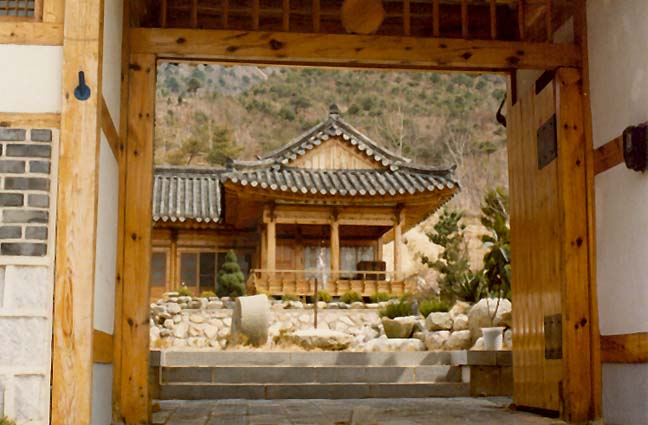
thru the garden gate
Although Kojong proclaimed himself emperor in 1897, it was not long before Japan began asserting its domination over Korea. In 1905, strengthened by its victory over China in the First Sino-Japanese War (1894-1895) and over Russia in the Russo-Japanese War (1904-1905), Japan forced the signing of the Protectorate Treaty, an agreement which essentially placed Korea under Japanese control. Kojong’s increasing opposition to the Japanese resulted in his forced abdication in 1907, and in 1910 Japan formally annexed the nation of Korea. Pensioned on the income of his own estates, Kojong lived in Japan until his death.Text from Microsoft Encarta
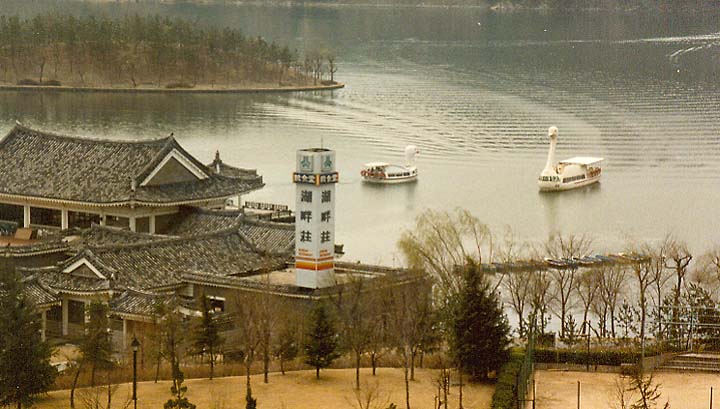
on the lake by the Chosun Hotel
(the Duck Boats have a "Honk" horn)
![]()
![]()